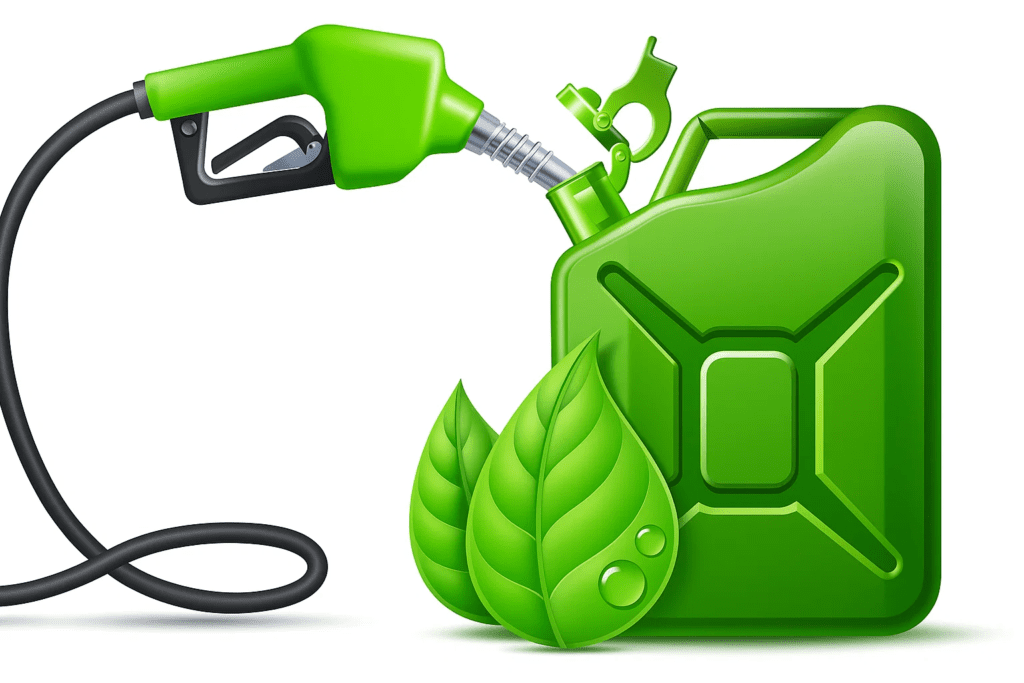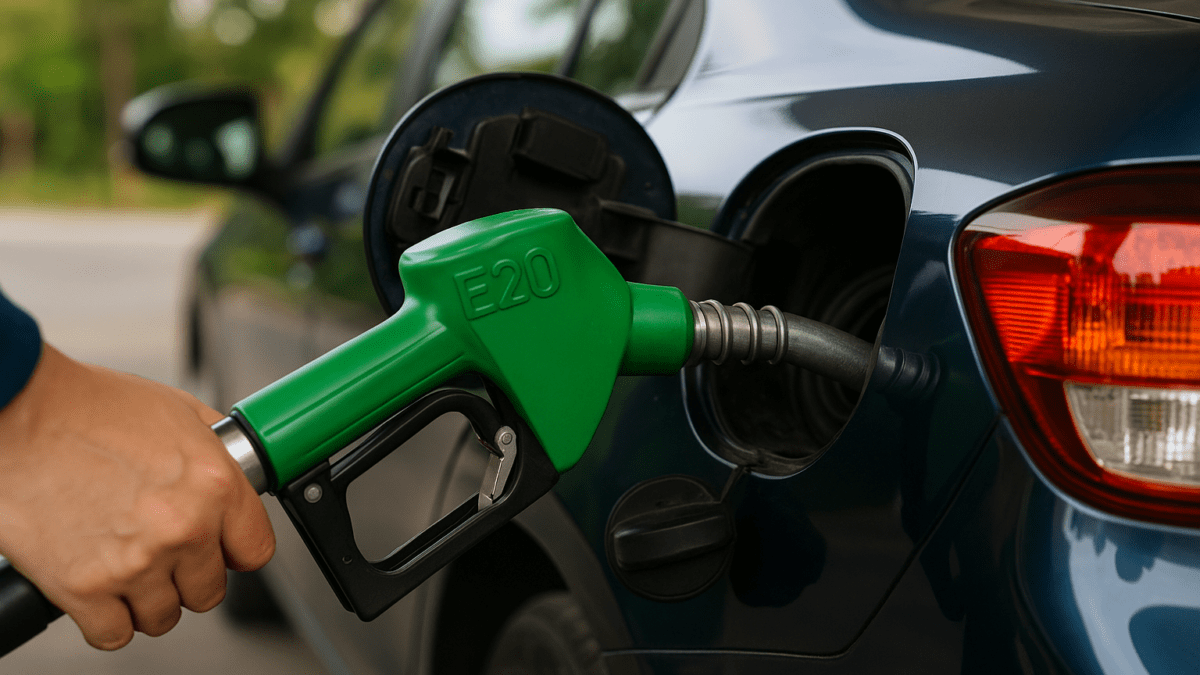E20 Petrol: How It Affects Cars and What Drivers Need to Know
Table of Contents
Introduction
India is rapidly pushing toward cleaner and more sustainable fuels. In line with this goal, the government has announced the rollout of E20 petrol, a fuel blend that consists of 20% ethanol and 80% petrol. While this transition supports India’s energy independence and climate goals, it also raises a big question for car owners: how will E20 petrol affect my car?
From changes in mileage to potential wear-and-tear issues, E20 is set to impact millions of drivers. Here’s everything you need to know.
Why is India Moving to E20 Petrol?
The shift from E10 (10% ethanol) to E20 is not just a random upgrade — it’s a part of India’s Ethanol Blending Program (EBP).
- Environmental benefits – Ethanol is a renewable biofuel derived from sugarcane and other crops, helping reduce greenhouse gas emissions.
- Economic savings – Less dependency on crude oil imports saves billions in foreign exchange.
- Support for farmers – Encourages production of ethanol from agricultural sources, boosting rural incomes.
According to the Ministry of Petroleum & Natural Gas, India aims for 20% ethanol blending nationwide by 2025, making this one of the fastest clean fuel transitions globally.
How Does E20 Petrol Affect Cars?

While E20 petrol benefits the environment, it brings technical challenges for vehicles — especially older models.
Mileage Impact
- Ethanol has a lower calorific value compared to petrol, which means cars running on E20 may experience a drop in fuel efficiency by 6–10%.
- Drivers may need to refuel more often compared to E10.
Engine Performance
- Cars designed for E20 will run smoothly without issues.
- However, older vehicles designed for E10 may suffer from engine knocking or reduced acceleration.
Corrosion Risk
- Ethanol absorbs moisture from the air, which can lead to rusting of metal fuel tanks and pipelines.
- Rubber and plastic components may degrade faster, leading to leaks.
Long-Term Engine Health
- Continuous use of E20 in non-E20-compliant cars could shorten engine lifespan.
- Fuel injectors and carburetors are particularly vulnerable.
Which Cars Can Safely Use E20 Petrol?

Not every vehicle is ready for E20.
- E20-compliant cars (manufactured after April 2023):
Brands like Maruti Suzuki, Tata Motors, and Hyundaihave rolled out models compatible with E20 petrol. - Older vehicles (E10-compliant):
These cars may face fuel system damage, mileage drops, and higher maintenance costs if used with E20 for long periods.
Always check your car manual or manufacturer’s website to confirm if your vehicle is E20-ready.
Tips for Car Owners to Protect Their Vehicles
If you’re driving a car that’s not fully E20-ready, here are some ways to minimize risks:
- Check compatibility – Confirm your car’s E20 compliance with your automaker.
- Regular servicing – Get fuel lines, injectors, and rubber components checked frequently.
- Keep your tank filled – Prevents ethanol from absorbing excess moisture.
- Monitor performance – Track changes in mileage and acceleration.
- Consider fuel additives – Some additives can help reduce corrosion.
Government Roadmap for E20 Rollout
India is taking a phased approach to ensure smooth adoption:
- 2023: Launch of E20 in select cities.
- 2025: Target for nationwide rollout of E20 petrol.
- Both E10 and E20 fuels will co-exist for some time to help older car owners adjust.
This means drivers won’t face an overnight switch, but gradual adaptation is key.
Impact on India’s Auto Industry
The rollout of E20 is also reshaping the automobile industry:
- Manufacturers adapting – Automakers are upgrading engines and fuel systems to make new cars E20-ready.
- Aftermarket demand – Increased demand for maintenance, fuel additives, and ethanol-resistant parts.
- Green innovation – Push for flex-fuel vehicles (cars that can run on petrol, ethanol, or a mix).
Conclusion
The shift to E20 petrol is a bold move toward sustainability and energy independence. While it benefits the environment, car owners — especially with older vehicles — must be cautious about engine health, mileage, and long-term performance.
Key takeaway: If your car is E20-compliant, you’re future-ready. If not, follow preventive maintenance and stay updated on government fuel guidelines.
Call-to-Action (CTA)
Want more updates on fuel technology, IT innovations, and auto industry trends?
Keep reading for expert insights into how technology is shaping the way we live, work, and drive.
See Also: The Future of Work: Remote Work 2.0





